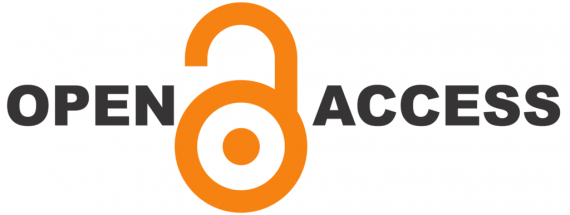SANLIC TRANSFORMATIVE PUBLISHING AGREEMENT
South African National Library and Information consortium has managed to reach read and publish agreements on behalf of its consortium members and the SPU LIS is a proud member of the consortium and will be benefiting from these agreements. The agreement will allow Sol Plaatje University Library and Information Services to support students, academic staff and researchers with high quality scholarly content and provide authors an opportunity to publish open access and free of any transactional article processing charges (APCs).
For more information click on the relevant publisher under the list of publishers that authors associated with SPU can benefit from. Contact your School librarian for more information about this SANLIC TRANSFORMATIVE AGREEMENT.
Double check if the publisher is not predatory?
Academic intergrity and research ethics

COPE (Committee on Publication Ethics) is committed to educating and supporting editors, publishers, universities, research institutes, and all those involved in publication ethics. COPE aims to move the culture of publishing towards one where ethical practices become a normal part of the culture itself. Our approach is firmly in the direction of influencing through education, resources and support of our members, alongside the fostering of professional debate in the wider community.
DHET ACCREDITED JOURNAL LIST
Key things to consider
Who is your target audience?
For journals with a practitioner focus, academic citations may be less valuable than mentions in policy documents (as reported by Altmetric). If your journal is for a purely academic audience, traditional citation metrics like Impact Factor are more relevant. If your journal has a regional focus, then geographical usage might be important to you.
What are you trying to achieve?
If your objective is to publish more high-quality, high-impact authors, consider analyzing the h-indices of authors in recent volumes to assess whether you’re achieving this. If your aim is to raise your journal’s profile within the wider community, it makes sense to consider altmetrics in your analysis. Perhaps your goal is to generate more citations from high-profile journals within your field – so looking at Eigenfactor rather than Impact Factor would be helpful.
What subject area are you working in?
The relevancy of different research metrics varies hugely between disciplines. Is Impact Factor appropriate, or would the 5-year Impact Factor be more representative of citation patterns in your field? Which metrics are your competitors using? It might be more useful to think about your journal’s ranking within its subject area, rather than considering specific metrics in isolation.
What business model does your journal use?
For journals following a traditional subscription model, usage can be particularly crucial. It’s a key consideration for librarians when it comes to renewals.
Directory of Open Access Books
DOAB is a community-driven discovery service that indexes and provides access to scholarly, peer-reviewed open-access books and helps users to find trusted open-access book publishers.
Open Access publishers
Double-check if the publisher is a member of other OA Publishing Organisations like:
https://oaspa.org/membership/members/
Open Access Publishing Routes

The golden route:
Full Open Access journals: publication via publisher platforms, in fully open access journals. This route may involve a charge. The publication costs, known as ‘article processing charges (APCs), are covered by authors or by their institutions.
The green route:
the full text of academic publications is deposited in a trusted repository, a publicly accessible database managed by a research organization.
The Hybrid
publication via ‘hybrid’ journals. These journals are subscription journals that allow open access publication of individual articles on payment of an Article Processing Charge (APC)
Directory of Open Access Journals
The Directory of Open Access Journals is a website that hosts a community-curated list of open access journals, maintained by Infrastructure Services for Open Access. It was launched in 2003 with 300 open-access journals.
